The ancient lineage of shelled reptiles has adapted to diverse environments throughout evolutionary history, resulting in two distinct groups that often confuse even animal enthusiasts: aquatic turtles and land tortoises. While both belong to the order Testudines and share the iconic protective shell, their evolutionary paths have diverged significantly, leading to fascinating adaptations specifically tailored to their respective habitats. These differences extend far beyond their preferred environments, encompassing anatomy, behavior, diet, lifespan, and care requirements. Understanding these distinctions isn’t merely academic—it’s essential for conservation efforts, proper pet care, and appreciating the remarkable diversity within this ancient reptilian order. Let’s explore the fascinating world of turtles and tortoises, uncovering what makes each unique while celebrating their shared evolutionary heritage.
Evolutionary History and Classification
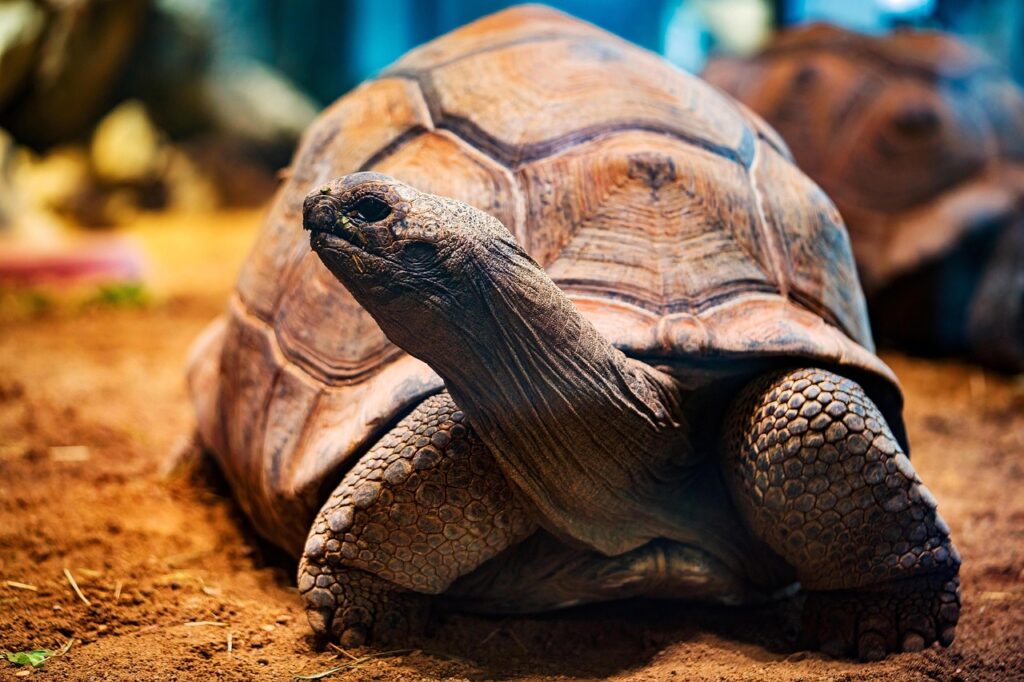
Turtles and tortoises belong to the order Testudines, an ancient reptilian lineage that dates back approximately 220 million years to the Late Triassic period, making them among the oldest reptile groups still alive today. Throughout millions of years of evolution, they’ve diversified into more than 350 species, adapting to various environments ranging from tropical oceans and freshwater habitats to arid deserts and forests. The taxonomic distinction places aquatic and semi-aquatic species in several families including Emydidae (pond turtles), Cheloniidae (sea turtles), and Trionychidae (softshell turtles), while land tortoises belong primarily to the family Testudinidae. This evolutionary divergence has resulted in specialized adaptations that reflect their respective environmental niches, though all retain the characteristic bony shell that defines this remarkable order of reptiles.
Habitat Preferences and Adaptations
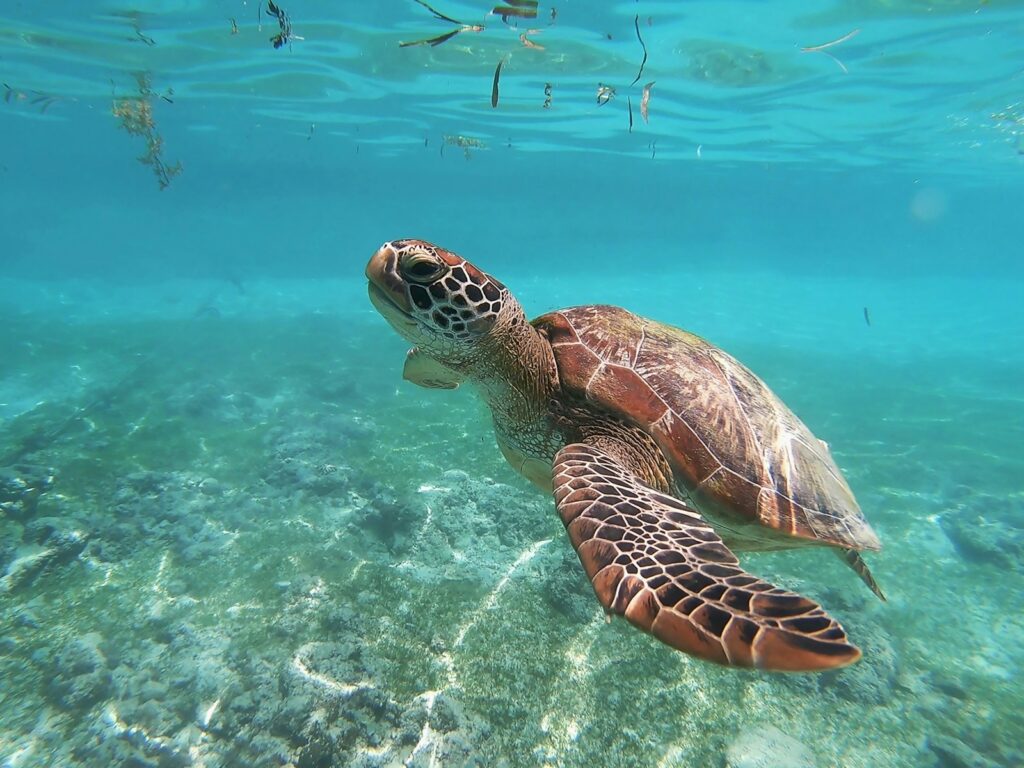
The most obvious difference between turtles and tortoises lies in their habitat preferences, which have driven their distinct evolutionary adaptations. Aquatic turtles spend the majority of their lives in or near water bodies such as ponds, lakes, rivers, and oceans, with some marine species rarely venturing onto land except for egg-laying. Their bodies have evolved streamlined shells, webbed feet, and in some cases, specialized flippers that enable efficient swimming and diving. Tortoises, conversely, are strictly terrestrial, thriving in environments ranging from deserts and grasslands to forests, where they’ve developed dome-shaped shells and sturdy, column-like legs for supporting their weight on land. This fundamental difference in habitat has influenced virtually every aspect of their biology, from respiratory adaptations to reproduction strategies, creating two distinct lifestyles within the same reptilian order.
Shell Structure and Function
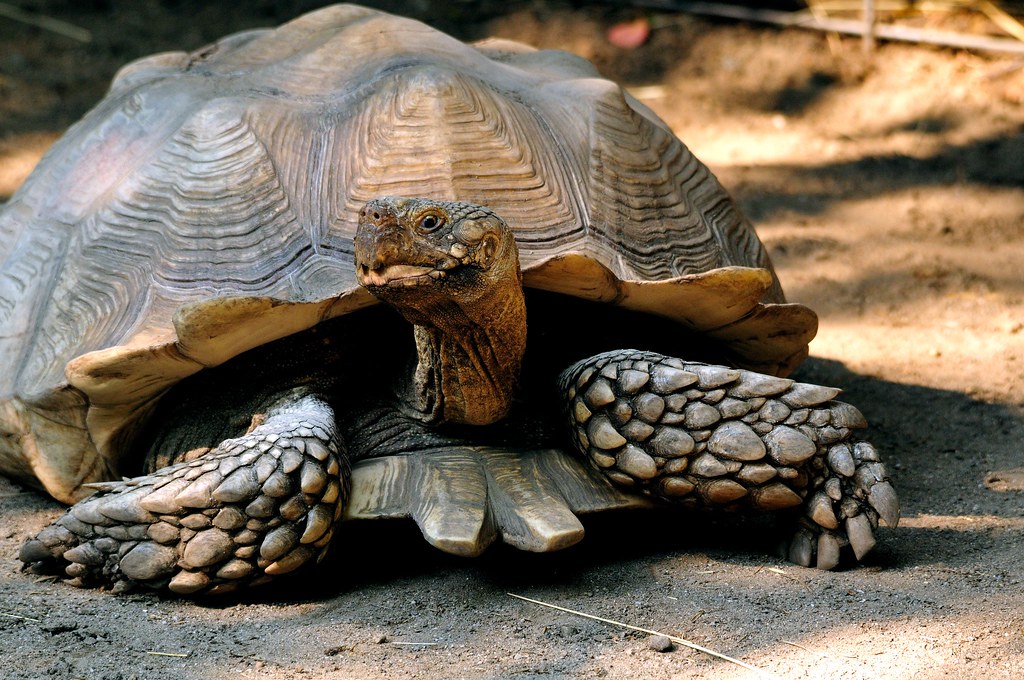
The iconic shell that defines both turtles and tortoises reveals significant adaptations tailored to their respective environments. Aquatic turtles typically possess flatter, more streamlined shells (carapaces) that reduce water resistance and facilitate swimming, with some freshwater species having keels for added stability. Many aquatic species also feature more flexible shell connections and reduced weight, allowing greater mobility in water. Land tortoises, by contrast, have distinctly domed, heavier shells that provide maximum protection against predators and environmental extremes, particularly in arid habitats where their high-domed shells create an internal microclimate that helps regulate temperature and moisture. The underside of the shell (plastron) also differs, with many aquatic turtles having smaller plastrons that allow greater leg movement for swimming, while tortoises have larger, more protective plastrons that shield their softer undersides when on rough terrain.
Limb and Body Structure Differences
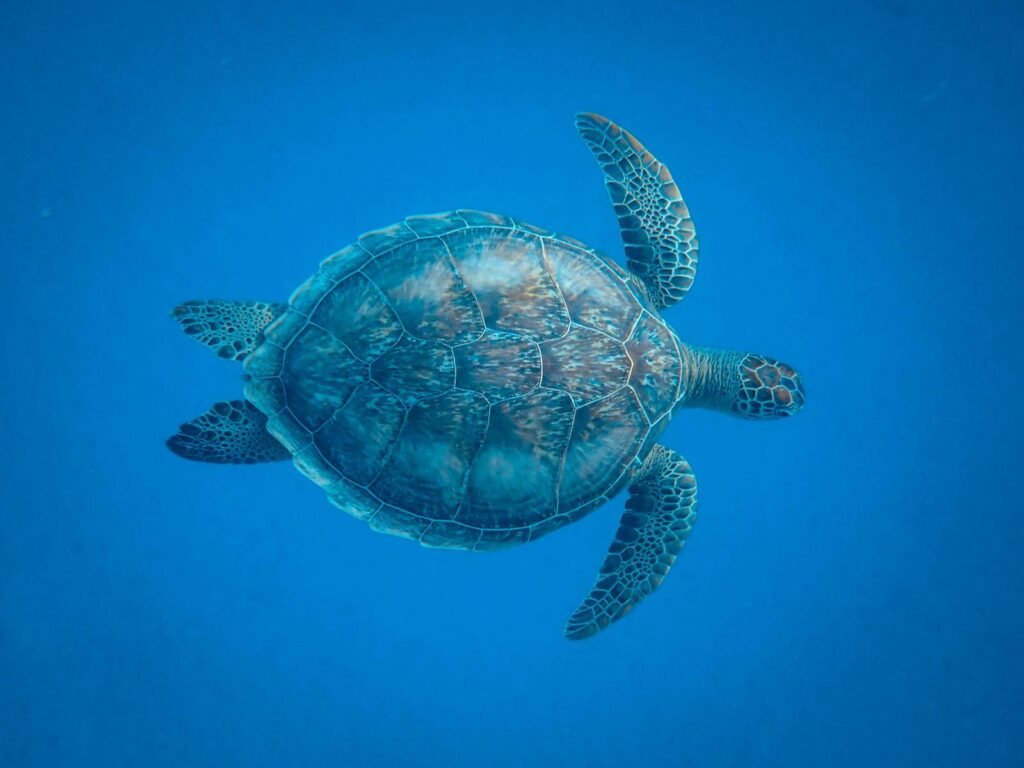
The limbs of aquatic turtles and land tortoises represent perhaps their most visibly distinct adaptations, perfectly illustrating evolutionary responses to different environments. Aquatic turtles possess webbed feet with elongated toes and often sharp claws that serve multiple functions: propelling them through water, grasping food, and digging for nesting. Marine turtles take this adaptation further with modified limbs that have evolved into powerful flippers capable of propelling them thousands of miles through ocean currents.
Land tortoises, by stark contrast, have evolved short, sturdy, elephant-like legs with no webbing, specifically designed to support their considerable weight while walking on land, with many species having scales that protect against abrasive substrates. Their limb position also differs fundamentally—aquatic turtles’ legs extend more to the sides for swimming efficiency, while tortoises’ legs are positioned more directly under their bodies to better support their weight against gravity, a classic adaptation seen in many terrestrial vertebrates.
Head and Neck Adaptations
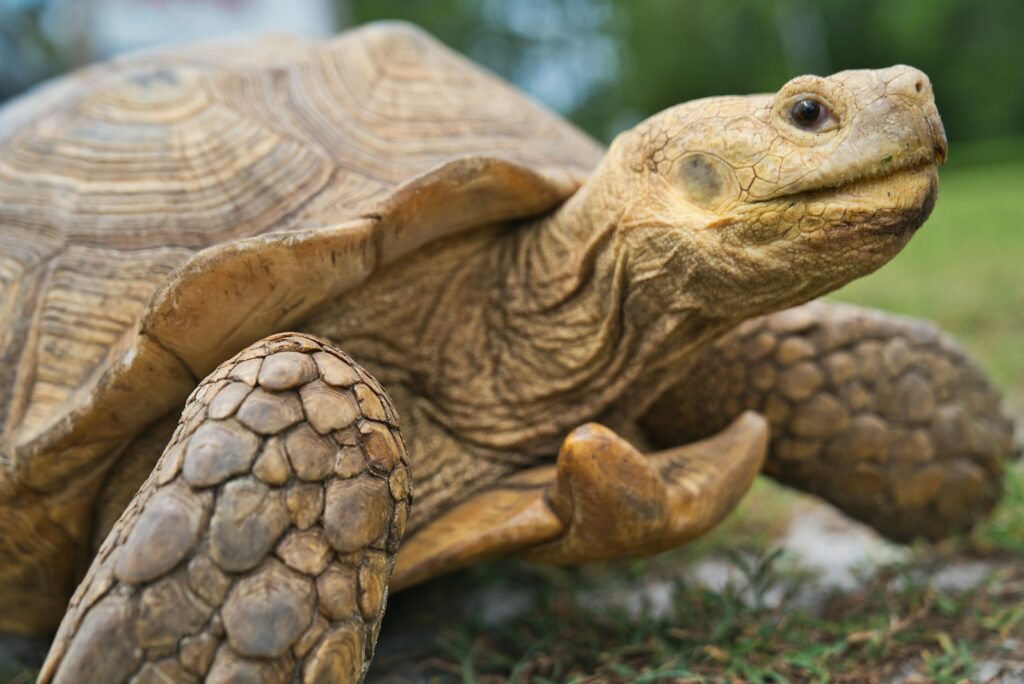
The head and neck structures of turtles and tortoises display remarkable adaptations that reflect their feeding strategies and predator avoidance techniques. Many aquatic turtles possess longer, more flexible necks that allow them to strike quickly at prey in water, with some species capable of extending their necks nearly the length of their shells when capturing fish or other aquatic organisms. Their head shape tends to be more streamlined, reducing water resistance while swimming, and some species have specialized adaptations like the fleshy “lips” of softshell turtles that act as snorkels.
Land tortoises generally have shorter, thicker necks with more limited mobility, which correlates with their slower-paced herbivorous feeding style and provides better protection when retracting into their shells. Their heads are typically more rounded and robust, with powerful jaw muscles adapted for processing fibrous plant material that forms the bulk of their diet, showing how feeding ecology has shaped these seemingly subtle but functionally important differences.
Dietary Patterns and Adaptations
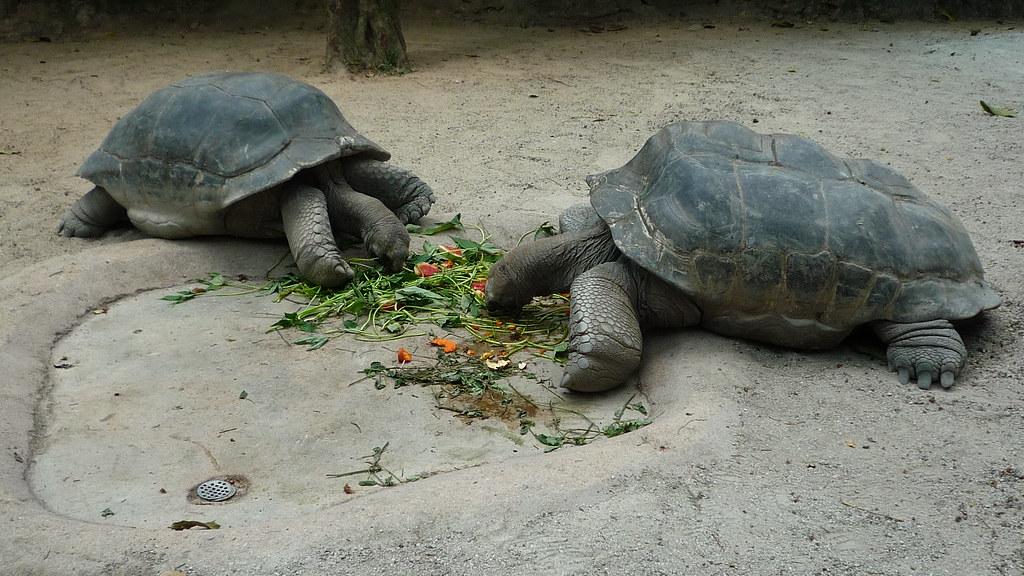
Dietary preferences represent another fundamental distinction between aquatic turtles and land tortoises, reflected in their digestive anatomy and feeding behaviors. Most aquatic turtles are omnivorous or carnivorous, consuming a varied diet that may include fish, amphibians, invertebrates, carrion, and aquatic vegetation, with their sharp beaks and more aggressive feeding styles adapted for capturing and processing animal protein. Many freshwater species have specialized papillae in their throats that help filter food particles from water, while marine turtles have species-specific adaptations like the ridged mouth parts of leatherbacks for consuming jellyfish or the crushing jaws of loggerheads for shellfish.
Land tortoises, by contrast, have evolved as dedicated herbivores with specialized digestive systems that include longer intestines and beneficial gut bacteria to break down plant cellulose, along with serrated beak-like mouths designed specifically for cropping vegetation. This dietary specialization requires tortoises to consume large quantities of plant material to extract sufficient nutrients, contributing to their generally slower metabolism and movements compared to their aquatic relatives.
Reproductive Strategies
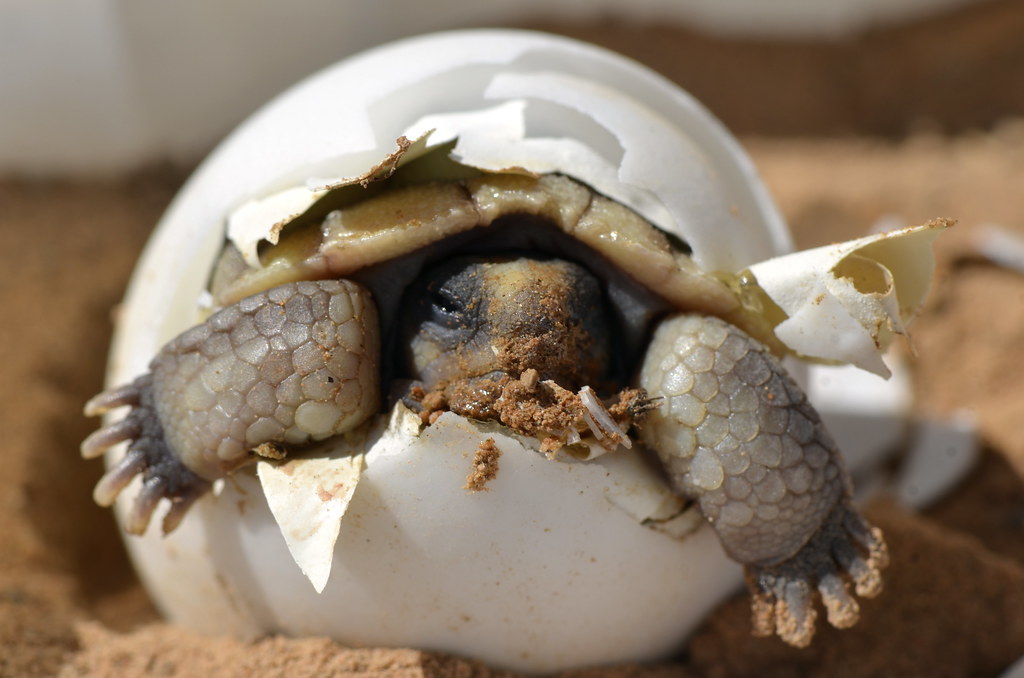
Reproduction in turtles and tortoises follows fundamentally similar patterns but with important habitat-specific adaptations. Both groups lay amniotic eggs with leathery shells, but their nesting behaviors and egg characteristics reflect their respective environments. Aquatic turtles often undertake remarkable nesting migrations, with sea turtles famously traveling thousands of miles to return to their natal beaches, while freshwater species typically nest closer to their aquatic homes but still seek appropriate terrestrial sites for egg deposition. Their eggs are usually more numerous (sometimes exceeding 100 in sea turtles) and often more elongated, with incubation periods generally shorter than those of tortoises.
Land tortoises typically produce fewer, more spherical eggs with thicker shells that resist desiccation in arid environments, and many species dig deeper, more elaborate nest chambers to protect eggs from temperature extremes and predators. Perhaps most interestingly, both groups exhibit temperature-dependent sex determination, where incubation temperature determines the sex of offspring, though the specific temperature thresholds often differ between aquatic and terrestrial species.
Behavior and Activity Patterns
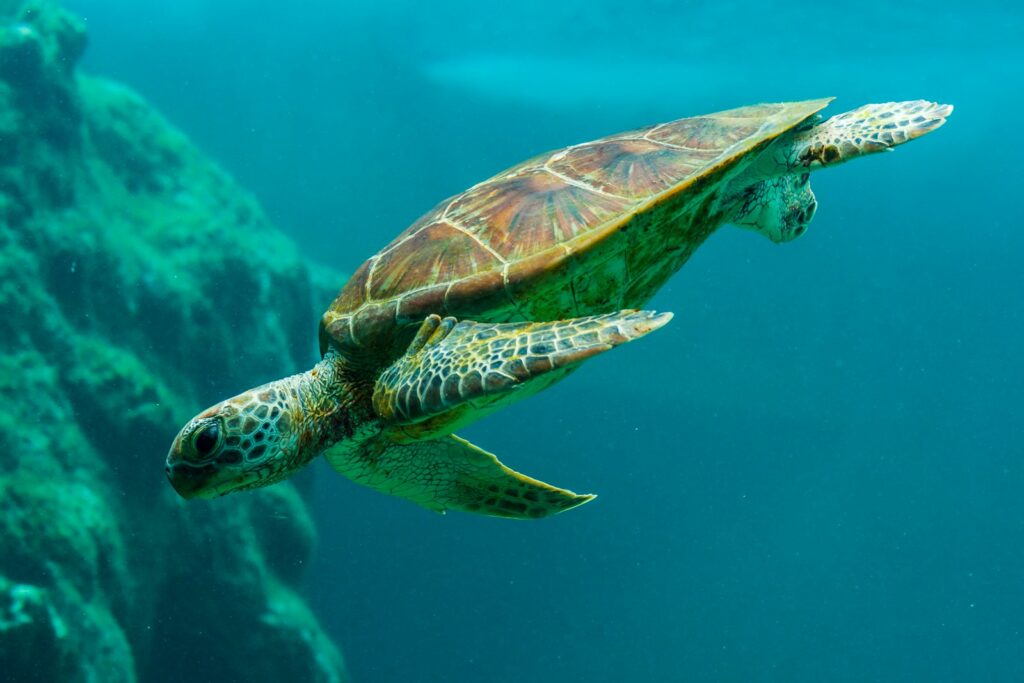
The behavioral repertoires of aquatic turtles and land tortoises reflect not only their environmental adaptations but also their metabolic and physiological differences. Aquatic turtles generally display more active lifestyles, with many species capable of rapid swimming bursts when pursuing prey or evading predators, and they often engage in complex social interactions including hierarchical basking arrangements and courtship displays. Their activity patterns typically align with water temperature, becoming more active as waters warm and sometimes entering brumation (reptilian hibernation) during colder months by burying in mud or reducing metabolic activity.
Land tortoises exhibit more measured, deliberate movements adapted to conserving energy and water in often resource-limited terrestrial environments, with some desert species active primarily during cooler morning and evening hours to avoid temperature extremes. Many tortoise species demonstrate remarkable spatial memory, following established pathways to food, water, and shelter within their home ranges, and some display surprisingly complex social behaviors including territorial defense and elaborate courtship rituals that can involve ramming, vocalizations, and pursuit sequences.
Lifespan and Growth Rates
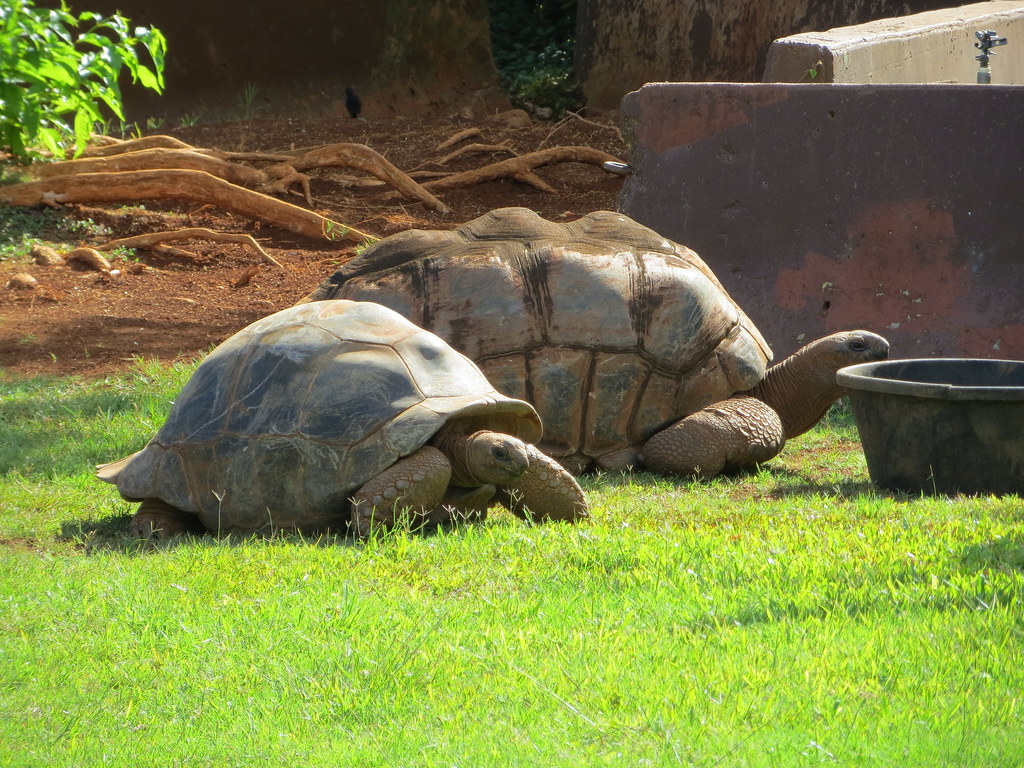
One of the most remarkable characteristics shared by both turtles and tortoises is their potential for exceptional longevity, though significant differences exist between aquatic and terrestrial species. Land tortoises are renowned for their extraordinary lifespans, with well-documented cases of Aldabra and Galápagos tortoises living beyond 150 years in both wild and captive settings, making them among the longest-lived vertebrates on Earth. Their growth patterns typically involve rapid juvenile growth that gradually slows as they approach sexual maturity, with growth continuing at a diminished rate throughout life.
Aquatic turtles generally have shorter lifespans, though still impressive by vertebrate standards, with many freshwater species capable of living 30-70 years and some sea turtles potentially reaching centenarian status. Growth rates in aquatic species tend to be more variable and environment-dependent, with factors like water temperature, food availability, and habitat quality significantly influencing how quickly they reach adult size and sexual maturity, which typically occurs earlier than in their terrestrial cousins.
Respiratory and Circulatory Adaptations
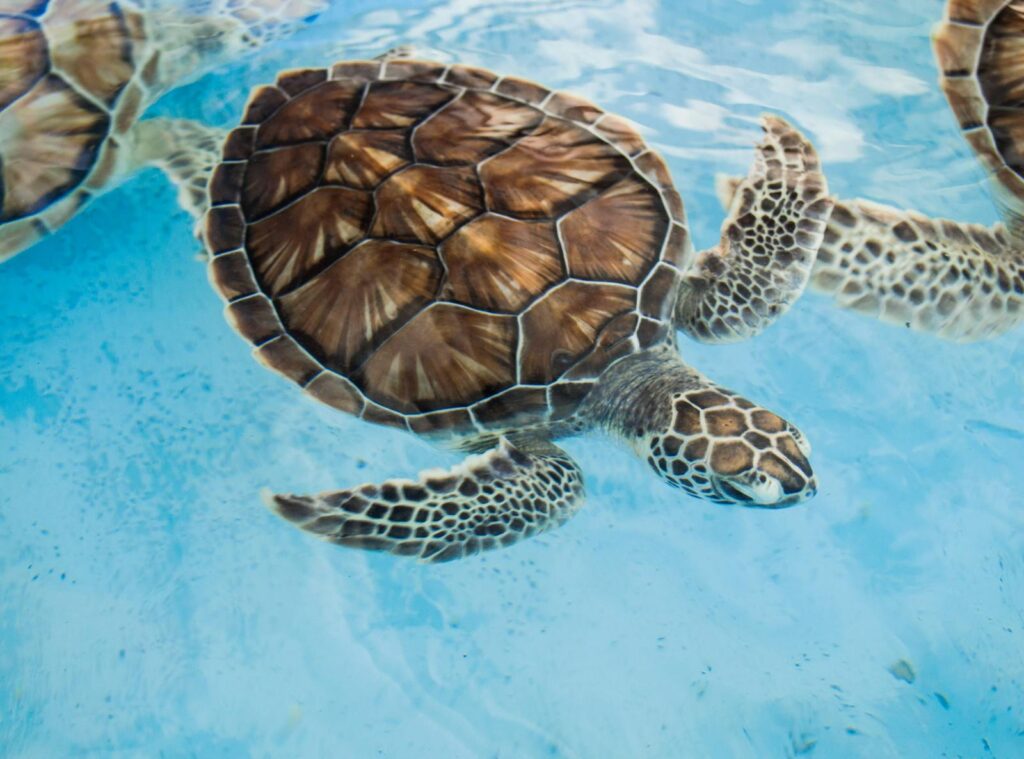
The respiratory and circulatory systems of turtles and tortoises exhibit fascinating adaptations that reflect their different environmental challenges. Aquatic turtles have developed remarkable physiological mechanisms for underwater respiration, including specialized cloacal breathing (where highly vascularized tissues can extract oxygen from water), extended breath-holding capabilities through efficient oxygen storage, and the ability to tolerate high carbon dioxide levels that would be toxic to many vertebrates. Some freshwater species can remain submerged for hours or even months during brumation through drastically reduced metabolic rates and specialized biochemical adaptations that prevent tissue damage during low-oxygen conditions.
Land tortoises, facing different challenges, have developed efficient respiratory systems adapted to their higher metabolic demands when active on land, with less emphasis on extended breath-holding but greater ability to manage water loss through respiration in arid environments. Both groups share the reptilian three-chambered heart (with some variations), but aquatic species often show more pronounced adaptations for managing blood flow during diving, including the ability to shunt blood away from lungs during submersion to conserve oxygen for vital organs.
Water Dependence and Osmoregulation
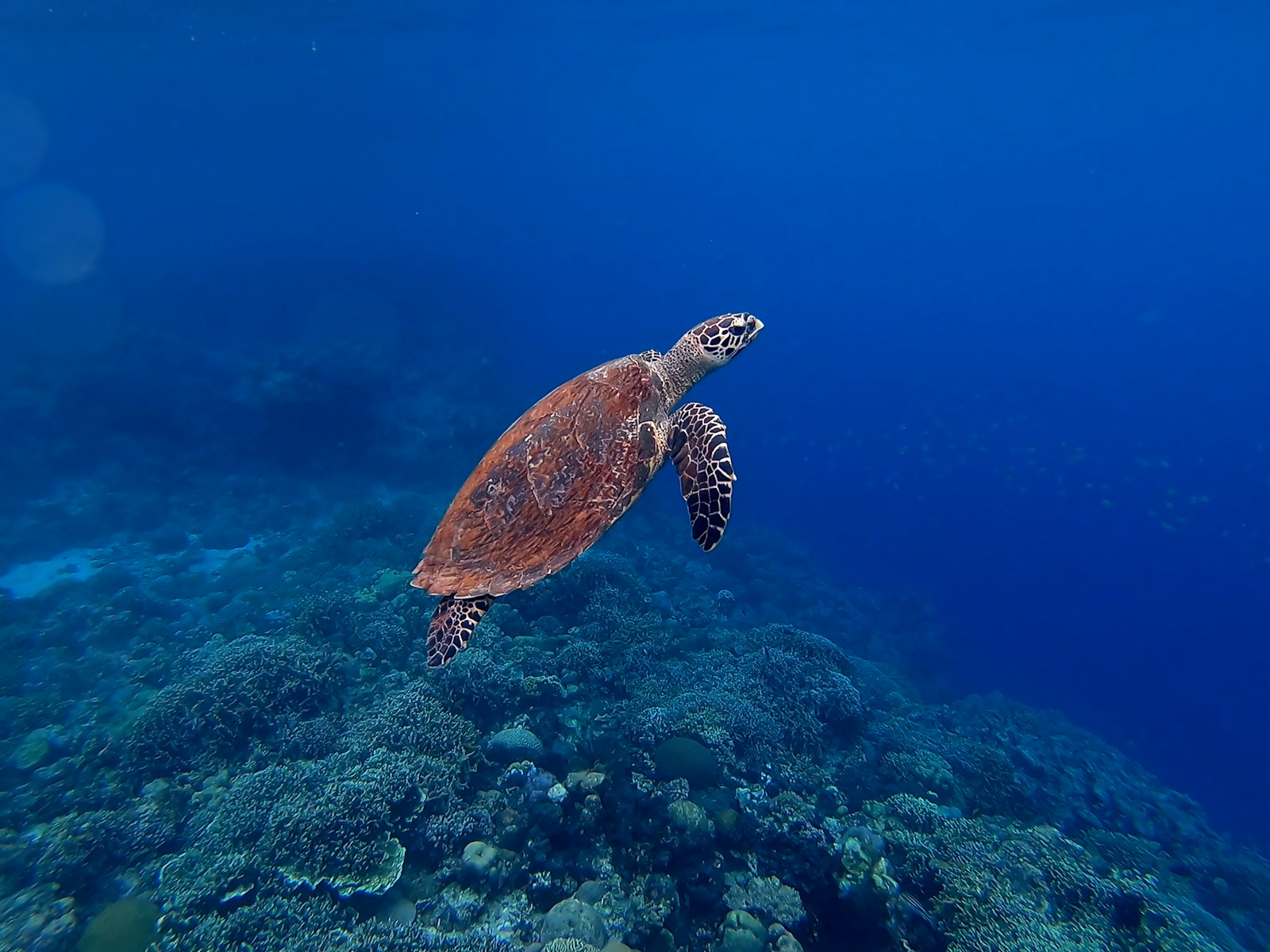
Water relationship represents perhaps the most fundamental physiological difference between aquatic turtles and land tortoises, reflected in their osmoregulatory capabilities. Aquatic turtles maintain constant contact with water and have developed specialized mechanisms for managing salt and water balance depending on their habitat, with freshwater species having adaptations to retain salts while excreting excess water, and marine turtles possessing specialized salt glands near their eyes that excrete excess sodium and chloride consumed with their marine diets. Their skin and shell structures allow for some water exchange with their environment, particularly in softshell turtles, which can absorb oxygen through their permeable skin surfaces.
Land tortoises, by contrast, have evolved remarkable water conservation strategies for terrestrial living, including concentrated urine production, water storage in bladder and tissues, metabolic water production, and behavioral adaptations like seeking microhabitats with higher humidity. Desert-dwelling species show the most extreme adaptations, capable of surviving prolonged droughts by reducing activity and metabolic rates, while still requiring periodic access to water sources for long-term survival and health.
Conservation Challenges

Both turtles and tortoises face significant conservation challenges in the modern world, though the specific threats often differ based on their habitats and life histories. Aquatic turtles, particularly marine species, contend with threats including fisheries bycatch, where thousands die annually in fishing nets and longlines; plastic pollution that can cause fatal intestinal blockages when mistaken for food; habitat degradation of nesting beaches and feeding grounds; poaching for meat, shells, and the pet trade; and climate change impacts including rising temperatures that skew population sex ratios and sea level rise that threatens nesting beaches.
Land tortoises face their own suite of threats, with habitat destruction and fragmentation ranking highest as human development encroaches on their often specialized habitats; collection for the exotic pet trade remains a persistent threat, particularly for rarer species; road mortality takes a significant toll on slow-moving populations; and introduced predators and diseases have devastated some island tortoise populations. Both groups face challenges from climate change, though in different ways—aquatic species through altered water temperatures and chemistry, and terrestrial species through changing precipitation patterns and vegetation in their habitats.
Care Requirements as Pets
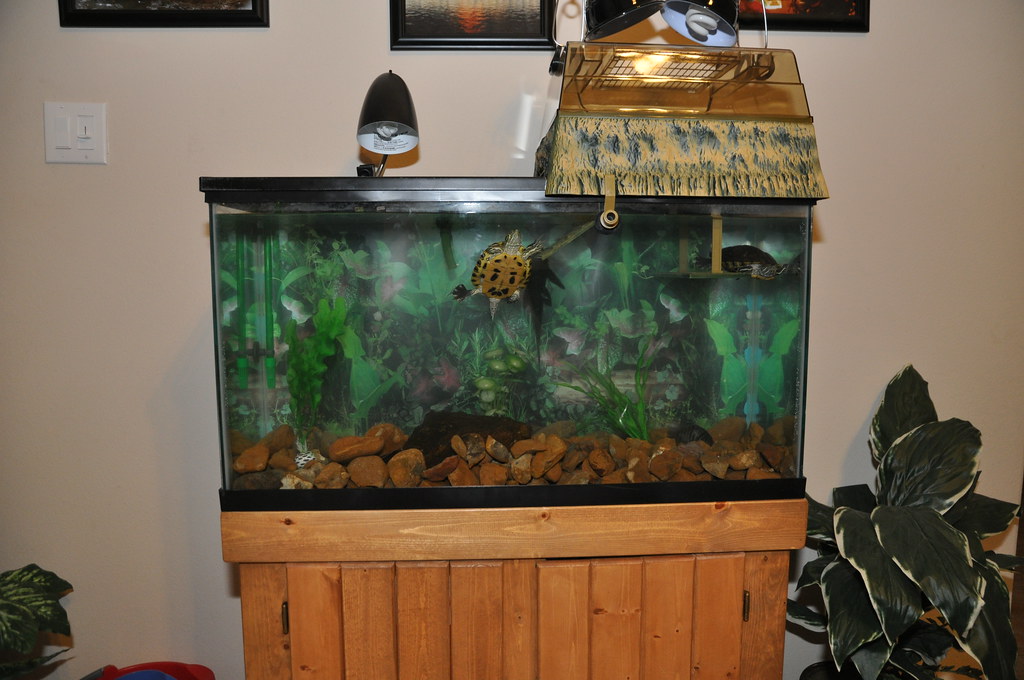
The distinct evolutionary adaptations of aquatic turtles and land tortoises translate directly into vastly different care requirements for those kept as pets, making it essential for prospective owners to understand these differences. Aquatic turtles require elaborate setups with properly filtered water deep enough for swimming, appropriate water temperature maintenance, dry basking areas with UVB lighting, and regular water quality management including frequent partial water changes and filtration maintenance. Their diets typically require more protein, especially for juveniles, with commercial turtle pellets supplemented by appropriate live foods, vegetables, and calcium sources.
Land tortoises need entirely different accommodations focused on terrestrial environments, including secure outdoor enclosures in appropriate climates with natural substrate for digging, hiding spots, protection from predators, and carefully controlled temperature gradients. Their herbivorous diets must emphasize high-fiber, low-protein plant foods appropriate for their specific species, with particular attention to calcium-phosphorus ratios and avoiding harmful foods that can cause kidney damage. Perhaps most importantly, prospective owners must recognize the remarkable longevity of both groups—especially tortoises—which can easily outlive their caretakers and require provisions for their future care, making them a multi-generational commitment rather than a typical pet.
Cultural and Historical Significance

Throughout human history, both turtles and tortoises have occupied significant places in cultural narratives, religious symbolism, and traditional practices across civilizations. Turtles feature prominently in creation myths worldwide, from the “World Turtle” supporting Earth in Hindu, Chinese, and Native American traditions to the symbolic representation of longevity, wisdom, and stability in countless cultures. Aquatic turtles specifically have been associated with water deities, fertility, and cleansing rituals in many societies, while also serving practical purposes as food sources and materials for traditional tools and ornaments in coastal communities. Land tortoises have developed their own cultural significance, often symbolizing patience, persistence, and ancient wisdom, as exemplified in Aesop’s famous fable “The Tortoise and the Hare.”
Their longevity has made them powerful symbols of endurance across cultures, while their distinctive domed shells have inspired architectural designs and artistic motifs from ancient times to the present. Both groups continue to capture human imagination through contemporary conservation narratives and as ambassador species that connect people to broader environmental concerns, demonstrating how these ancient reptiles remain relevant in human cultural evolution despite their evolutionary divergence from one another.
In conclusion, while aquatic turtles and land tortoises share an ancient evolutionary heritage and the characteristic shelled body plan that defines the order Testudines, they have diverged remarkably in adaptations that reflect their distinct environmental niches. From shell shape and limb structure to dietary preferences and osmoregulatory capabilities, every aspect of their biology tells the story of specialized evolution. Understanding these differences enhances our appreciation for these remarkable reptiles and enables proper conservation and care approaches tailored to their specific needs. Whether gliding through ocean depths or plodding across arid landscapes, turtles and tortoises continue to demonstrate the remarkable adaptability that has sustained their lineage for over 200 million years, making them living examples of evolutionary success.

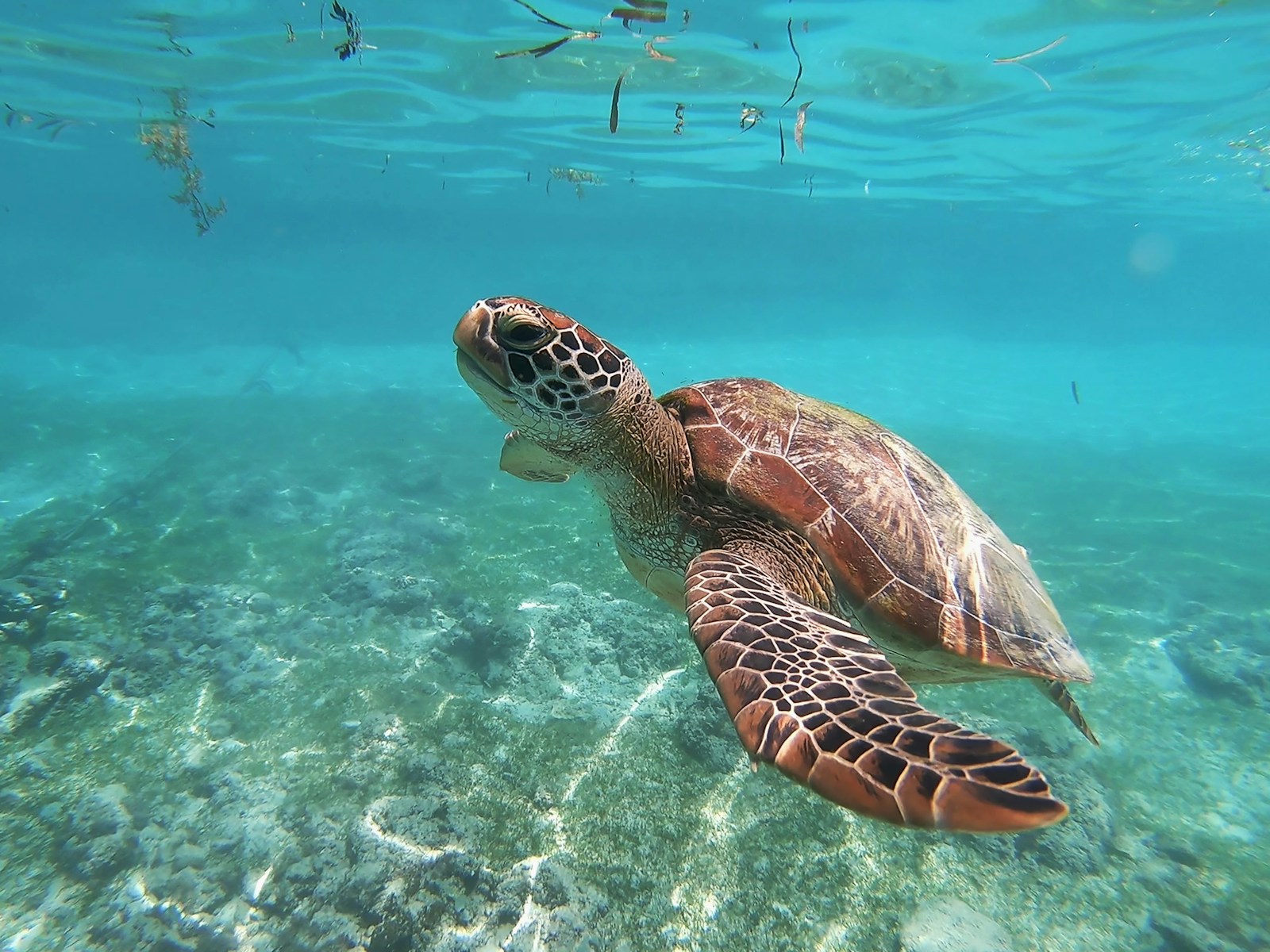
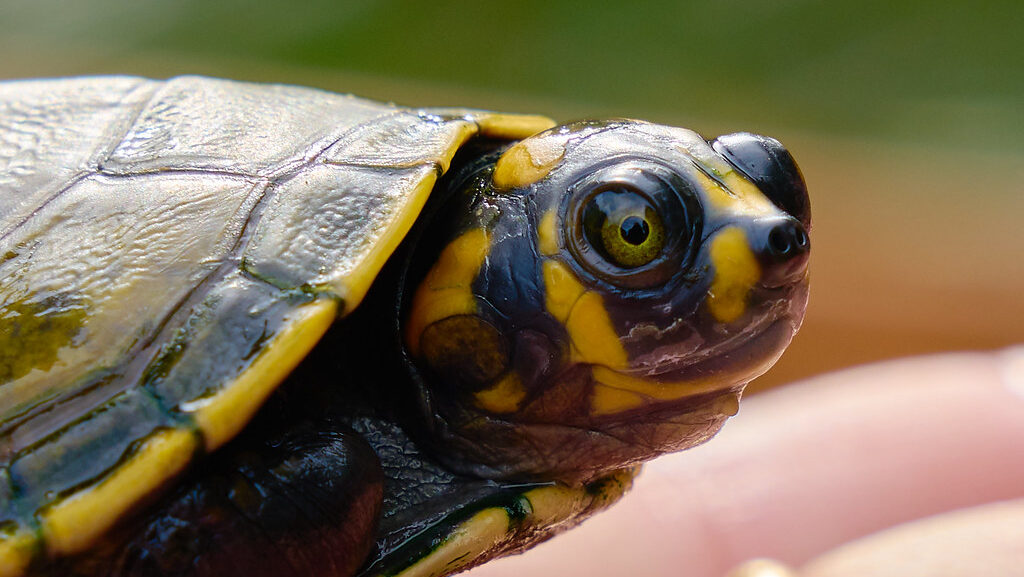
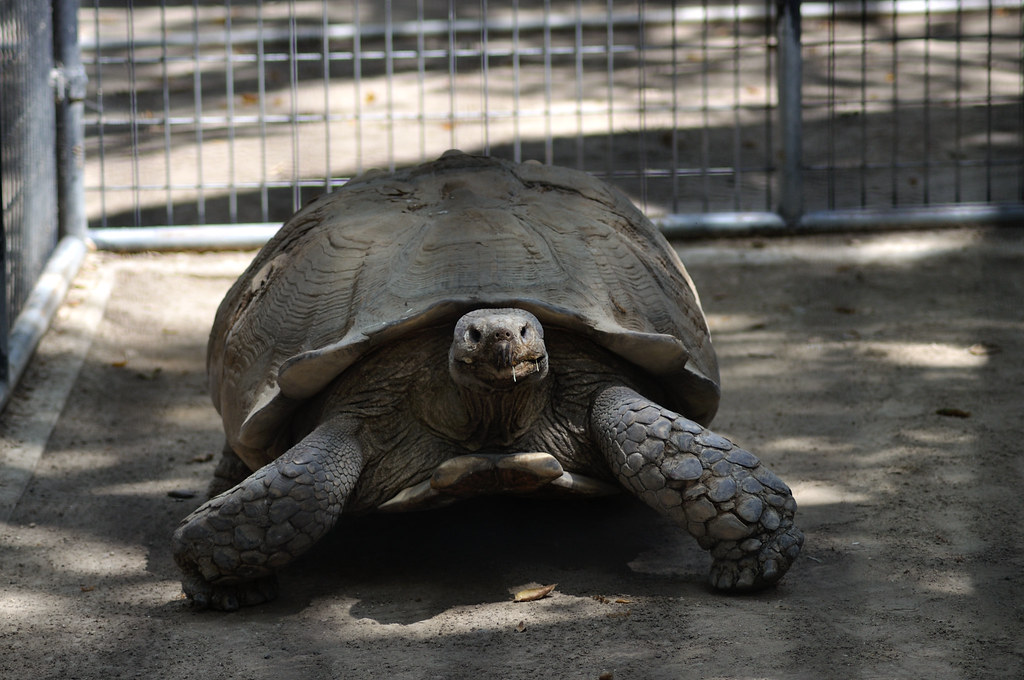
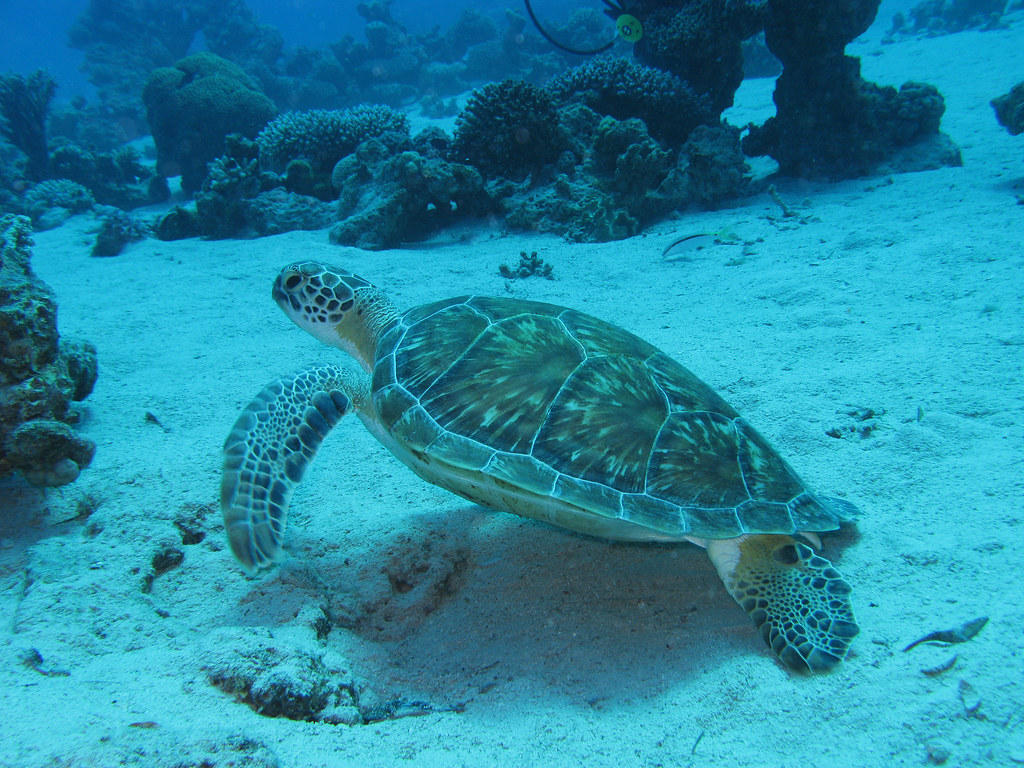
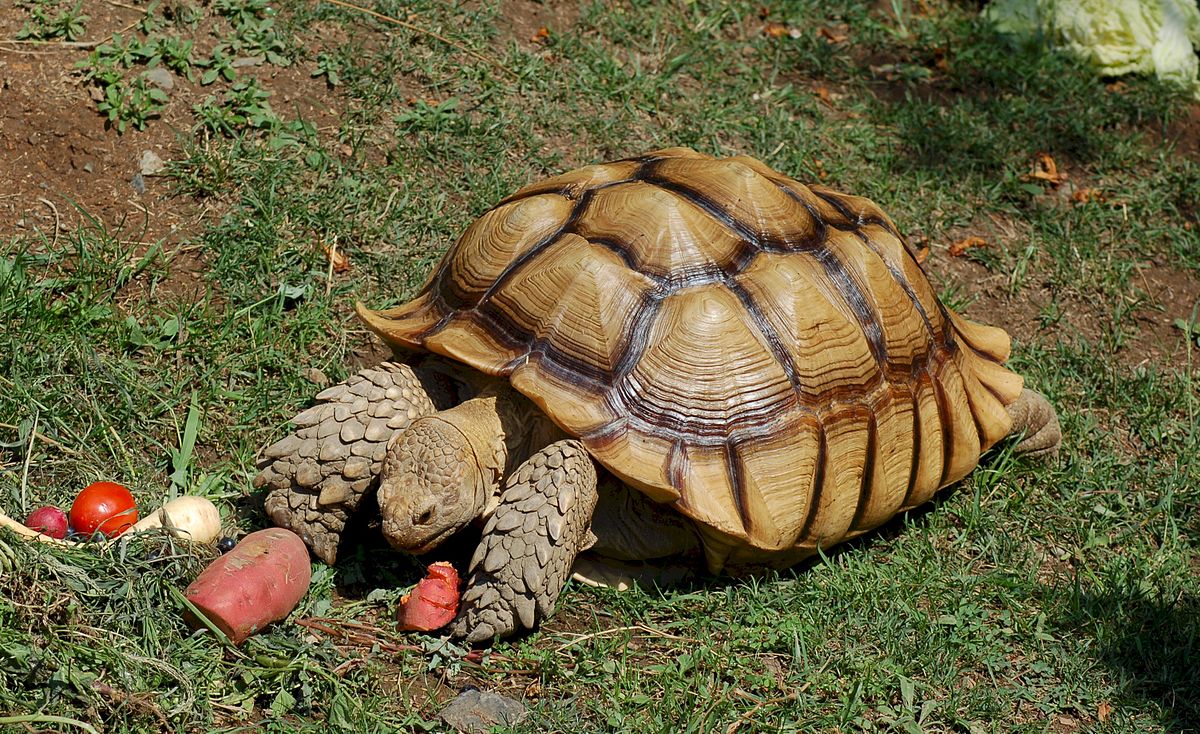
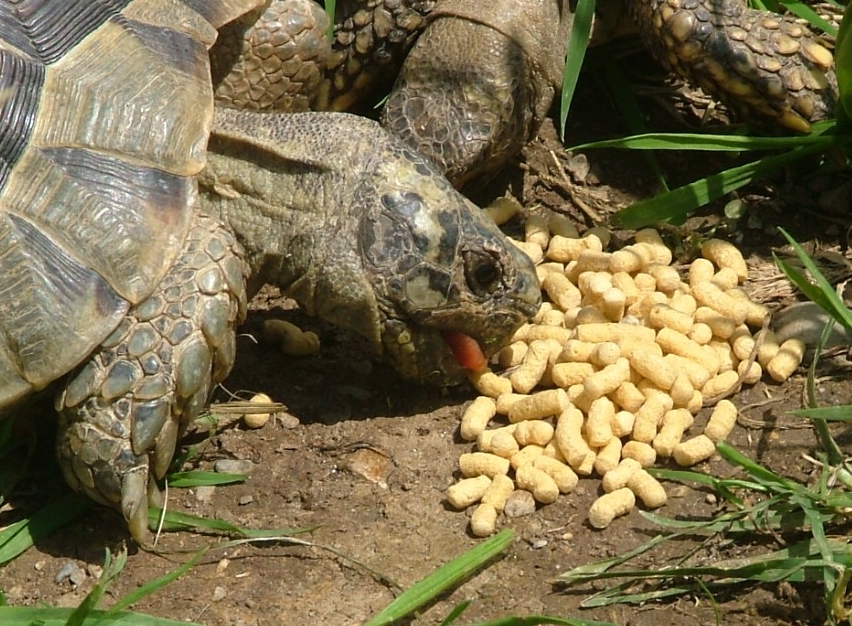
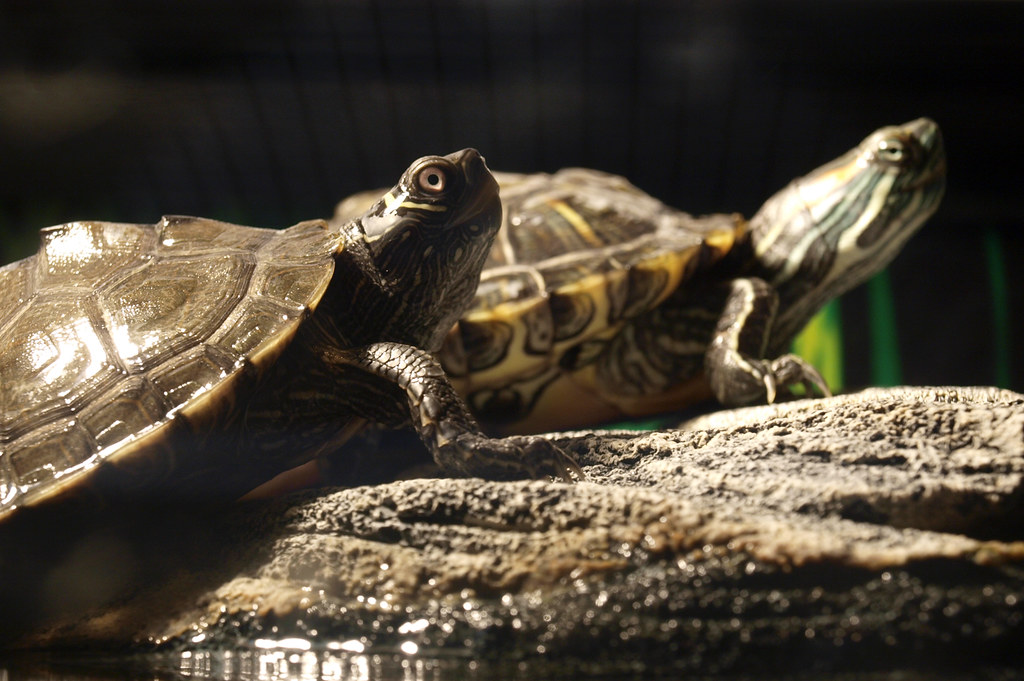
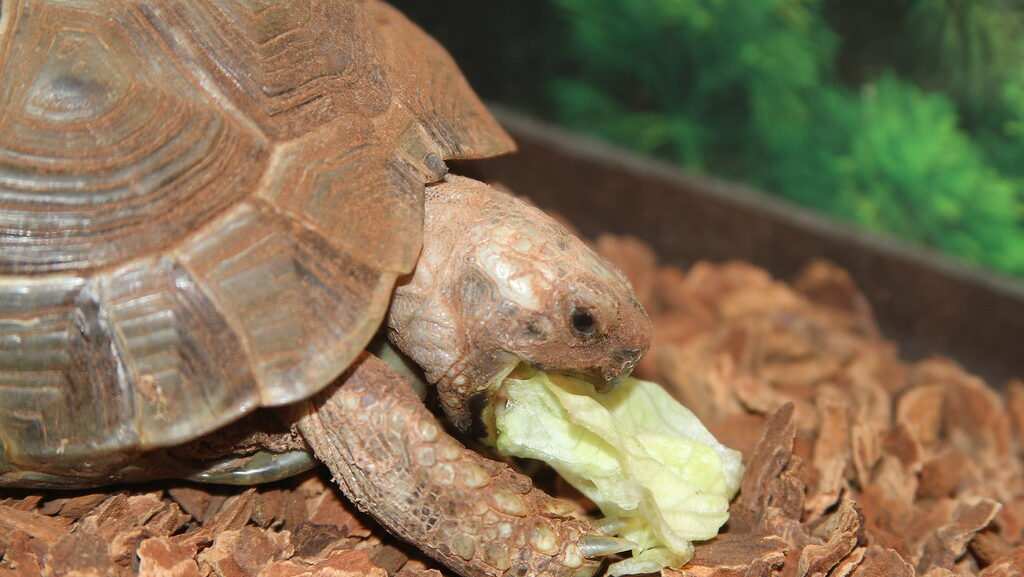
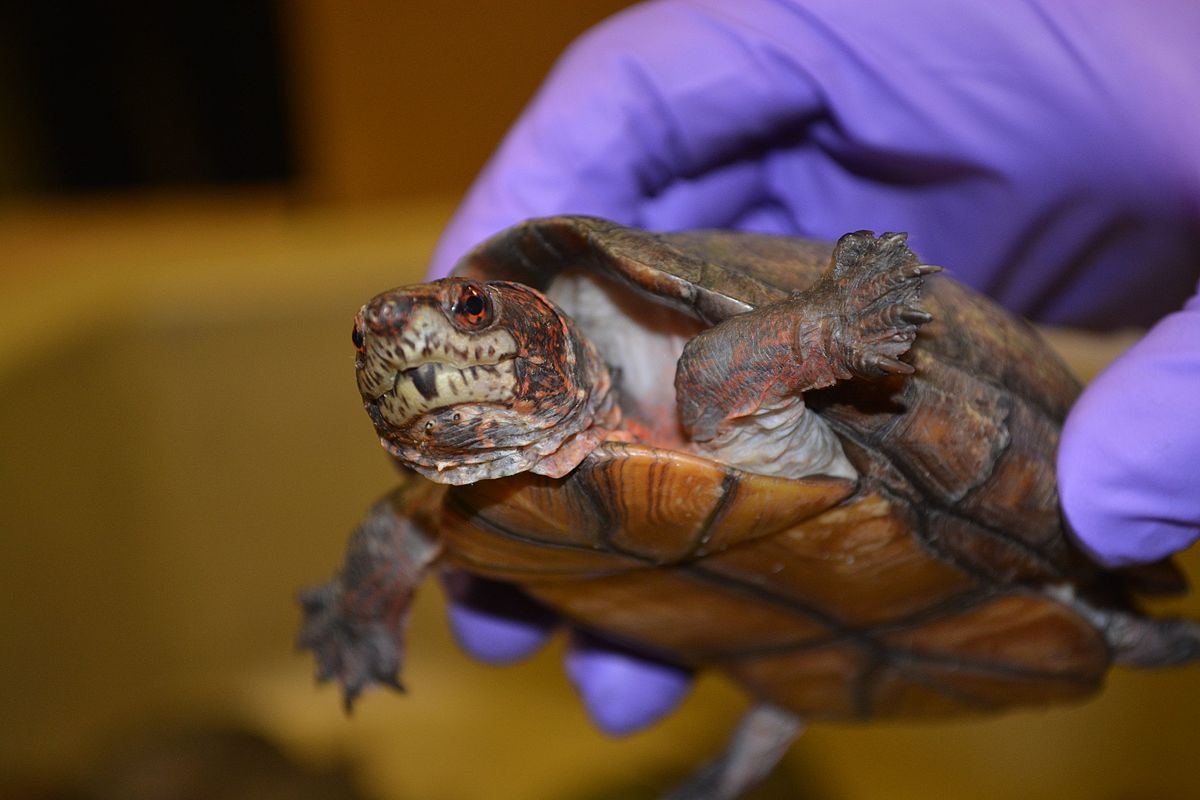
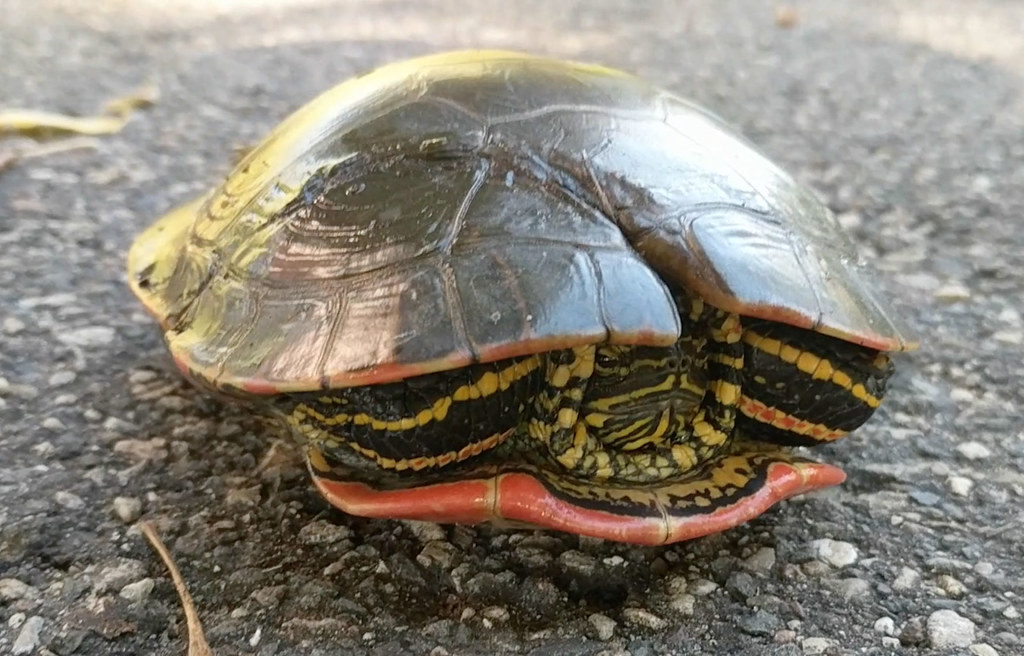
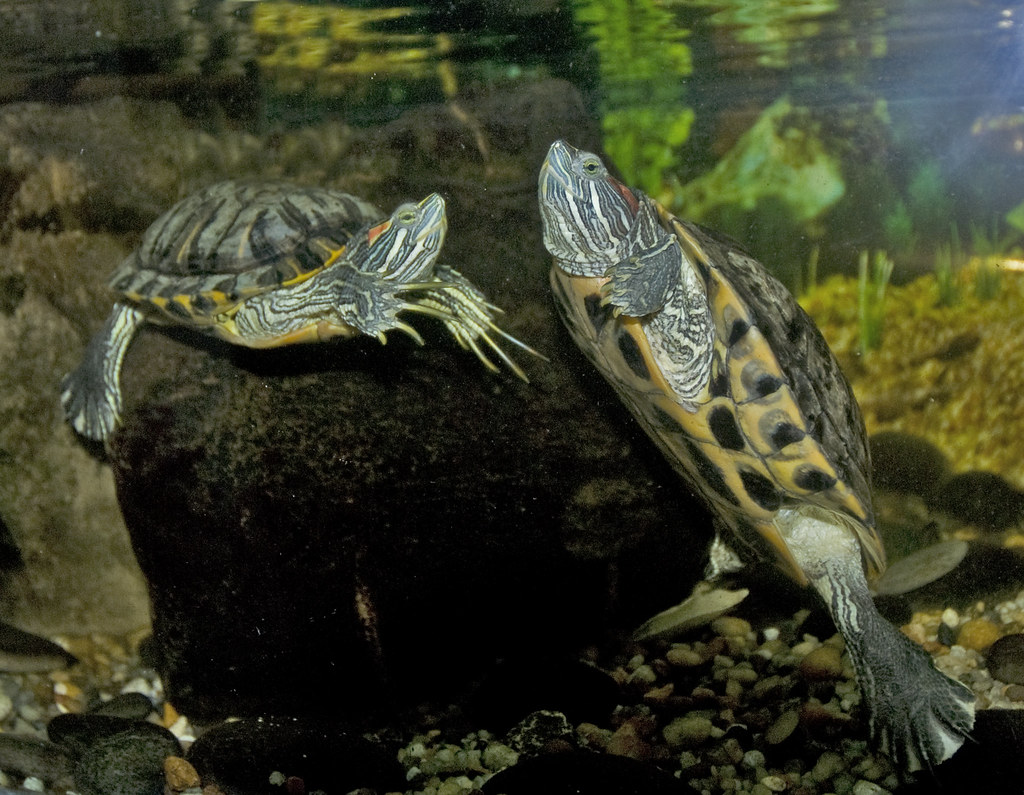




Leave a Reply